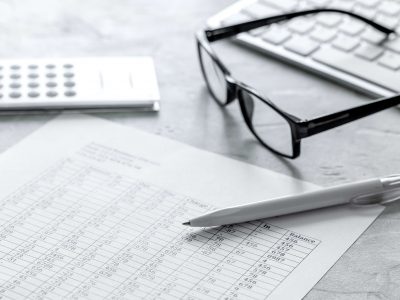Cash Flow After Taxes CFAT: Definition, Formula, and Example

GAAP says to include sales tax and installation fees in an asset’s purchase price. The original purchase price and any capital improvements to the asset determine the cost basis, affecting the gain calculation. For example, if an asset has a cost of $10,000 and a useful life of 5 years, the straight-line rate would be $2,000 per year.
How Is Residual Value Calculated?
When an asset has reached the end of its useful life, it may still have value in its individual components or as scrap. Companies https://www.bookstime.com/ can sell these parts or scrap to recover some of the asset’s value, thus reducing the overall cost of ownership. If the asset is sold for less than its book value then the difference in cost will be recorded as the loss of the tax values. Salvage value is important in accounting as it displays the value of the asset on the organization’s books once it completely expenses the depreciation. It exhibits the value the company expects from selling the asset at the end of its useful life.

Depreciation Methods
This amount is carried on a company’s financial statement under noncurrent assets. On the other hand, salvage value is an appraised estimate used to factor how much depreciation to calculate. Salvage value plays a crucial role in determining the worth of an asset at the end of its useful life.

What Is Depreciation?
If a company expects that an asset will contribute to revenue for a long after tax salvage formula period of time, it will have a long, useful life. An estimated salvage value can be determined for any asset that a company will be depreciating on its books over time. Some companies may choose to always depreciate an asset to $0 because its salvage value is so minimal.

A Step-by-Step Guide to Calculating an Asset’s Salvage Value
Considering this cash flow in estimating earnings give company management a more accurate figure to decide whether to accept or reject the project. When salvage value changes, it may cause a change in the amount of depreciation expense you can deduct. If there is a decrease in the salvage value, depreciation expense will increase and vice versa. Depending on how the asset’s salvage value is changing, you may want to switch depreciation accounting methods and report it to the IRS. In some contexts, residual value refers to the estimated value of the asset at the end of the lease or loan term, which is used to determine the final payment or buyout price. In other contexts, residual value is the value of the asset at the end of its life less costs to dispose of the asset.
Find the depreciable value

Deskera ERP provides comprehensive asset management features that streamline the tracking, depreciation, and eventual disposal of assets. Also integrating an AI mechanism like ERP.ai to your ERP system can make it smarter by enhancing enterprise process, data governance & decision-making. Understanding after tax salvage value is a crucial component in determining the overall profitability of an investment or asset.
Choose a depreciation method
- So, salvage value is the money a company expects to make when they get rid of something, even if it doesn’t include all the selling or throwing away costs.
- An asset’s depreciable amount is its total accumulated depreciation after all depreciation expense has been recorded, which is also the result of historical cost minus salvage value.
- You want your accounting records to reflect the true status of your business’s finances, so don’t wait until tax season to start thinking about depreciation.
- GAAP says to include sales tax and installation fees in an asset’s purchase price.
- To estimate salvage value, a company can use the percentage of the original cost method or get an independent appraisal.
Assume that our company has an asset with an initial cost of $50,000, a salvage value https://x.com/BooksTimeInc of $10,000, and a useful life of five years and 3,000 units, as shown in the screenshot below. Our job is to create a depreciation schedule for the asset using all four types of depreciation. A. There are many ways to calculate depreciation in Excel, and several of the depreciation methods already have a built-in function included in the software. The table below includes all the built-in Excel depreciation methods included in Excel 365, along with the formula for calculating units-of-production depreciation.
Salvage Value Calculation
- We can also define the salvage value as the amount that an asset is estimated to be worth at the end of its useful life.
- When salvage value changes, it may cause a change in the amount of depreciation expense you can deduct.
- This means it will result in a liability for a company to be rid of the asset at the end of its useful life.
- Depreciation expense is then calculated per year based on the number of units produced.
- For investments, the residual value is calculated as the difference between profits and the cost of capital.
The increase in net cash flows due to decrease in taxes due to depreciation in called tax shield. Terminal cash flow is a critical concept in financial modeling, representing the net cash flow that a project generates at the conclusion of its forecast period. It is essentially the net cash inflow or outflow resulting from the final phase of a project or investment.















